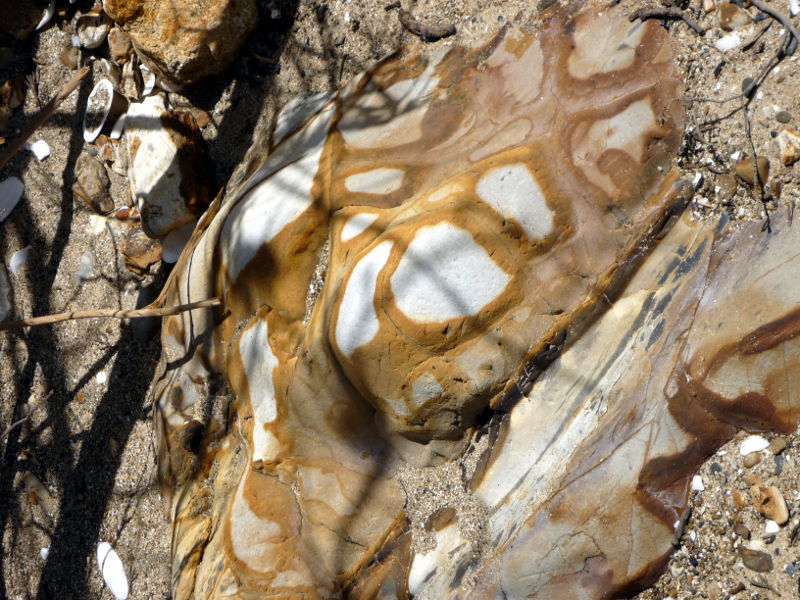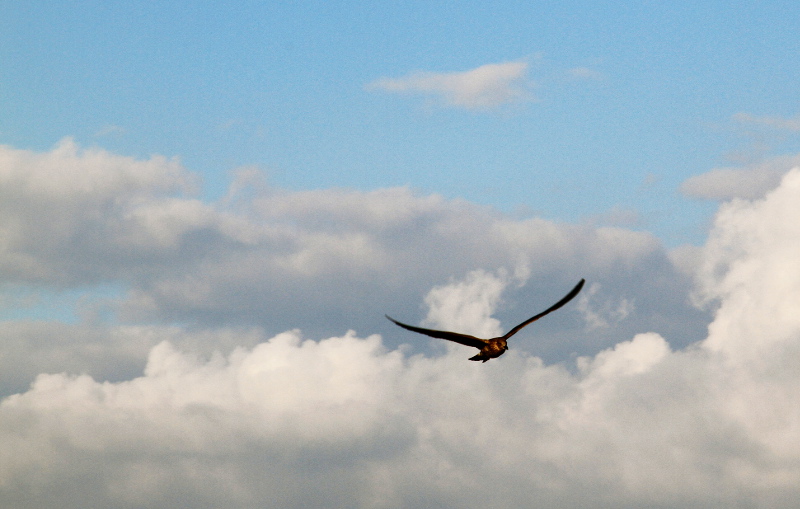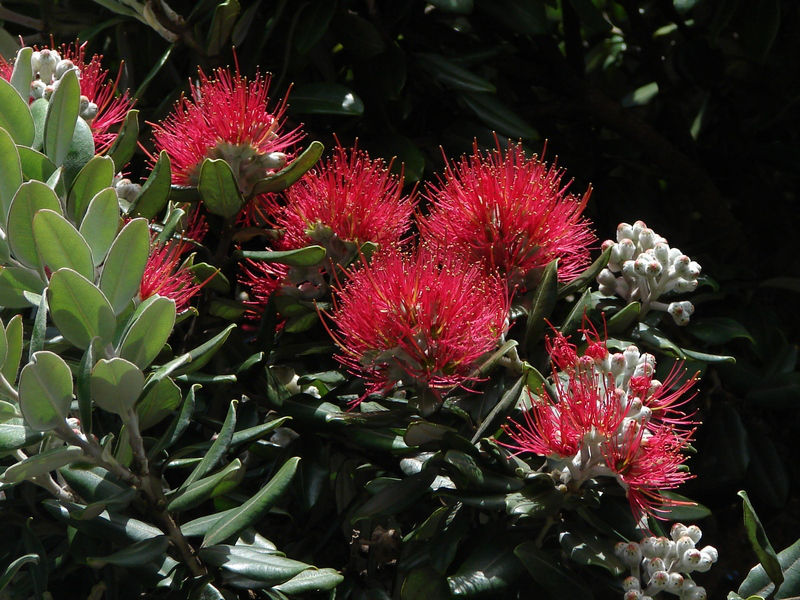Mindset shifts in the military
TetraMap and the Singapore Armed Forces
What can a world-renowned, highly efficient armed forces learn from nature? TetraMap International was invited by the Centre for Leadership Development, SAFTI MI (Singapore Armed Forces Training Institute), to stretch mindsets and transform thinking about how teams can more effectively and naturally learn together.
 The partnership
The partnership
The Centre for Leadership Development (CLD) leaders were at first intrigued with TetraMap’s potential as a development tool, but with further investigation discovered how the model might leverage into an ‘approach’ to team learning across the forces.
The Team Learning project with TetraMap International was evidence of the Singapore Armed Forces’ openness and courage to:
- Explore different approaches to mass engagement across all levels.
- Contextualise each learning event to fit the unique needs of participants.
- Co-design the materials to take into consideration the unique needs of the military.
 The challenge
The challenge
Integration of Team Learning as a catalyst for success in a forces-wide learning initiative.
The process
Always future-focused, the SAF turned to Team Learning as a strategic imperative. How small groups learn together and transfer that learning is significant to Singapore’s new generation of leaders.
The beginning
Building a ‘sense of team’ between client and vendor set firm foundations. This involved:
- Key stakeholders were certified as TetraMap Facilitators to ensure in-depth understanding of the model.
- Building trust in both the relationship and the model itself.
 The middle
The middle
- Co-design: the team consisted of military leaders, a civilian psychologist who was certified as a TetraMap Facilitator, and both directors of TetraMap International.
- Co-creation of all course materials.
The delivery
- Finalised material and pilot courses were delivered in-country to various end-users, including the SAFTI MI Senior Commanders for engagement and buy-in.
- Key success factors for this phase were based on the trust built within the co-design team. Keeping communication clear, correcting quickly, and taking responsibility for the whole enabled the team to work through challenges, maintain flexibility, minimise stress, and consistently improve deliverables.
 The outcome
The outcome
- Common understanding of how the model and approach serve as a framework for understanding one’s behaviour in the context of team, team learning, and team development.
- Consistent application of the model’s key principles based on Nature’s elements: Earth, Air, Water, and Fire.
More specifically
Earth: goal-setting – defined the alignment between SAF team learning needs and TetraMap’s ‘easy-to-grasp’ approach to personal development.
Air: systems and policies – studied the concept of inter-dependence within unit hierarchy and systems in the SAF, and identified the best point of entry for highest leverage.
Water: relationships – the co-design made for a professional partnership and exchange, rather than a vendor-buyer relationship. This produced high engagement of stakeholders from the start (i.e. on-the-ground leaders, trainers, the CLD, senior commanders) and respect for different expertise regardless of seniority.
Fire: maintaining team motivation – challenges were consistently reframed as opportunities. Focus was maintained, contextualisation was highly valued, and stakeholders were continually offered opportunities to ‘practise what was preached’.
Mindset shifts leverage success
A client comment sums up the initial impact:
What eventuated was a subconscious mindset shift, emphasising that the impact of TetraMap may not be overt like knowledge learnt, rather an experience and process.
Based on TetraMap International’s developmental experience, on the model’s global applications, and on the insight of a few CLD visionaries, TetraMap was deemed a model that could add value to the current forces-wide learning project. TetraMap entered at a pivotal point to facilitate and leverage its success. The model could do this because of its mindset-shifting capacity and engagement factor. The facilitation style used to share TetraMap with SAF demonstrated respect for learner diversity and developed into what CLD called “The Tetra Approach”.
TetraMap
 TetraMap the model has over the years also been described as
TetraMap the model has over the years also been described as
- a way of being – a lifestyle
- a way of thinking, doing, feeling, and creating
- a thinking habit
- a facilitator of mindset shifts for sustainability
The “Tetra Approach” reflects a broadened scope of proven applications. The SAF chose TetraMap as a learning approach to engage its people to shift mindsets about self, the behaviours of others, facilitation, and team learning.
The model’s Elements – Earth, Air, Water, Fire – initially understood in behavioural terms now provide a framework onto which other models and strategies can be laid and understood. Constant and consistent referral to the model as a framework makes facilitating learning more engaging and memorable. It creates a common language that serves as a basis for individual, team and organisational sustainability.
To learn more about how TetraMap and the Tetra Approach might help in the development and sustainability of your People – Planet – Profit – Legacy, contact us.